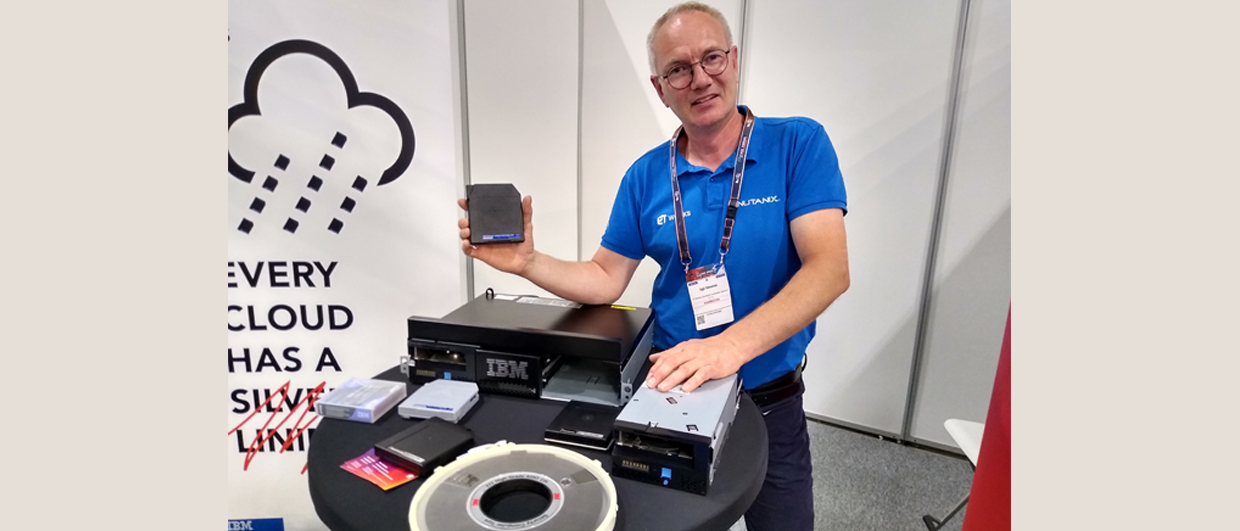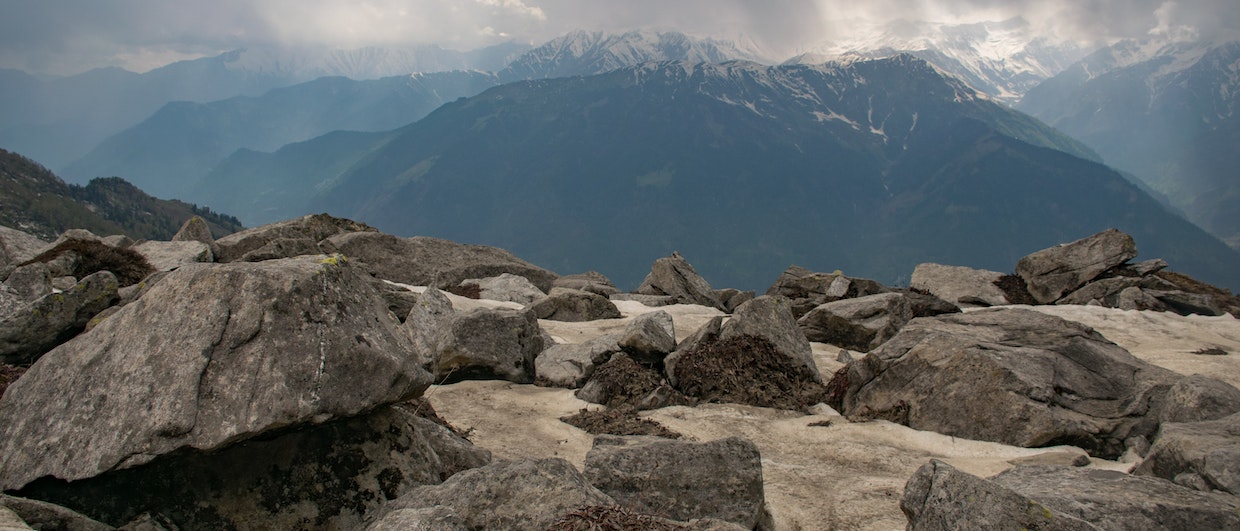With the oil price for this year staying at the low levels seen during late 2014, the seismic market in 2015 is understandably somewhat depressed. Many seismic supply companies are therefore turning to extensions of existing technologies to ensure the most cost-efficient solutions for operators. An example is seismic acquisition equipment specialist Sercel, which demonstrated at the June EAGE Annual Meeting in Madrid that it is committed to providing economic and effective enhancements for operators on its existing large product portfolio, despite the increasingly challenging environments faced by its customers.
 Sweep times needed to give the same energy output for various Nomad options (1-72 Hz sweep). (Source: Sercel)The company sees a reduction in land seismic activity of some 25% at present, with the overall market sustained by ‘mega-crews’, mainly in the Middle East. Seismic crews and their clients are looking for continuous improvements in speed of coverage and also the ability to input more broadband energy for better imaging. The mega-crews often work in desert terrain where obstructions are not a significant issue and the key is productivity.
Sweep times needed to give the same energy output for various Nomad options (1-72 Hz sweep). (Source: Sercel)The company sees a reduction in land seismic activity of some 25% at present, with the overall market sustained by ‘mega-crews’, mainly in the Middle East. Seismic crews and their clients are looking for continuous improvements in speed of coverage and also the ability to input more broadband energy for better imaging. The mega-crews often work in desert terrain where obstructions are not a significant issue and the key is productivity.
With this in mind, Sercel has added the broadband, super-heavy Nomad 90 Neo vibrator to its seismic fleet. This 90,000 lbf (400 kN) peak force vibrator specialises in low frequencies, with full output (80,000 lbf/355 kN) reached at 5 Hz. Compared to ‘conventional’ vibrators, the Nomad 90 Neo can spend a significantly lower period in the time-consuming low-frequency end of the sweep but still output the same energy. The diagram (right) shows gains made by these vibrators for a sweep starting at 1 Hz. The Nomad 90 Neo has a high frequency performance with rated frequency up to 250 Hz, and an ultrastiff baseplate that improves the fidelity of the high frequencies.
The Nomad 90 Neo joins the other vibrators in the Sercel fleet, with the Nomad 65 Neo (also a broadband performer, with a 62,400 lbf/280 kN peak force achievable from 5.4 Hz) as the workhorse, and the light Nomad 15 (17,300 lbf/77 kN) as the baby of the bunch. The Nomad 15 offers great flexibility for operators needing to work in challenging areas such as cities and forests or in places with restricted access, as well as in environmentally sensitive zones. It has a frequency range up to 400 Hz, with full drive reached from 7 Hz, and is highly manoeuverable thanks to its weight of only 9 tonnes and its four-directional wheels which offer various directional modes. All vibrators in the fleet are compatible with the Intelligent Power Management option that limits noise levels and reduces fuel consumption by up to 15% when compared with a vibrator without this option.
Another Sercel development highlighted at the EAGE meeting was the GeoWave® II downhole seismic array tool. As the frontiers of hydrocarbon exploration are pushed to ever deeper and hotter environments, there is more demand for wireline tools that can withstand higher temperatures and pressures. In 2014, Sercel launched the GeoWave II VSP digital tool, with a designed specification of 400ºF (205ºC) and with no requirement for active cooling. In June 2015, the company announced that in a field trial in France it had deployed the new tool in a 5,000m deep well. Temperatures of 362ºF (183ºC) had been reached during 23 continuous hours of testing, with a total exposure to 347ºF (175ºC) for 39 hours. In the trial a 16-level GeoWave II system recorded multiple VSP shots in open and cased holes successfully. It also recorded high frequency micro-seismic events at sample rates including 0.25ms. The pressure rating of the tool is up to 25,000psi (1,725bar), with a maximum wireline deployment of 120 levels and 3,000m length array.







